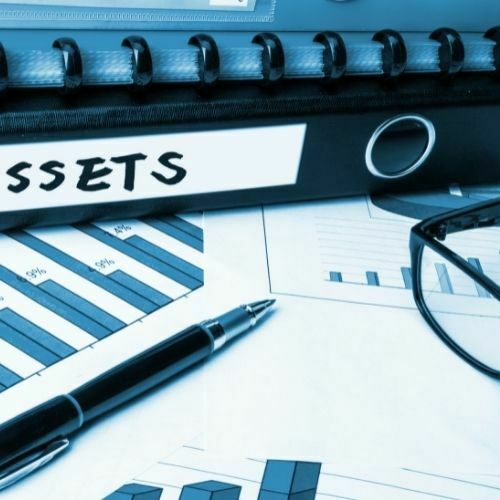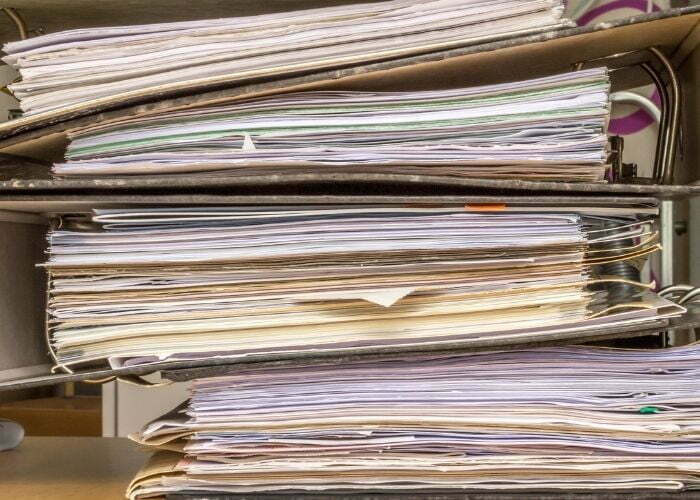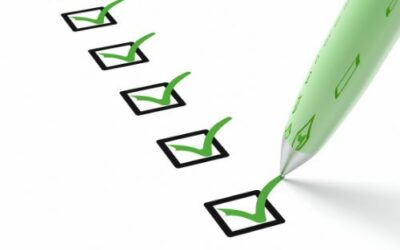
At the very least, you need to account for whatever assets you have for tax purposes. Auditing this every year is not only time consuming, it is often inaccurate and means that it will be difficult to keep on top of what is going on with hired or owned assets in real-time.
Why Use a Fixed Asset Register
Before we look at the how, let’s pin down the why! This isn’t an exhaustive list, but should give you a fair insight into the benefits of using a fixed asset register.
Tax Compliance
This is perhaps the most obvious and immediately practical reason to track assets. You need to know what you own, and how much assets have depreciated, doing this without asset tracking is extremely laborious and inaccurate!
Respond quickly to problems
You need to trust your assets to run your operation. If mistakes occur, you get a knock-on effect, which negatively impacts profits. This effect can snowball over time and as you grow.
Protect Profit Margins
Asset tracking can help you protect profit margins. A reduction in margins can be insidious, as revenue might be up and even profits. However, reducing margins can mean that you are not operating optimally. The basic reason is that systems that once worked are no longer adequate.
Increase the Security of Assets
Asset tracking, when done right, is an effective deterrent for thieves. Asset tracking can also give you recourse when something does go missing. Iif the worst happens, the loss can be effectively investigated. With manual tracking, this is tricky- almost impossible- but at the very least, you should have a decent idea of what assets you should have! With a full software solution, you can protect your investment and guarantee you are maximising the value of your assets.
Risk reduction
Profits and profit margins are at risk as you grow. IT inventory management reduces this risk by alerting leakage issues before they escalate into leaks. By tracking, you can automate the management of your IT assets, which means you avoid additional management costs as you grow.
Types of Fixed Asset Register
Paper
It’s fair to say that using paper files to track your assets is not the most modern method. It would be unusual to start a business that relies solely on paper records. If you are looking to move from a paper system and you have a lot of data on paper, then one of the challenges you will have is transferring the data over. On the flip side, you will be surprised at the benefits you will get overnight through visibility of data and admin reduction.

Spreadsheets
Well, it’s pretty easy to set up a basic asset with a spreadsheet. It’s just rows and columns. An asset per row and columns for each of the information types you want to capture. Stuff like: date of purchase, normal location, value, maintenance dates, insurance information or similar. There is no need to invest in software, and you have a total blank canvas to set up your own manual system. A lot of office workers have at least a basic understanding of how spreadsheets work, so it should be simple enough (in theory) for multiple people to use the tool.
One of the issues with spreadsheets is that everything is manual. Setting up any sort of automation is advanced and extremely limited. What does that mean? It means that you are totally reliant on data entry for all asset tracking. As you grow, this can become a mammoth task that becomes increasingly effective, and encourages users to track less often and less thoroughly.
That’s not to look down on organisations that are using spreadsheets for asset tracking! It makes sense for a lot of companies to do so, particularly if they are just starting out or have a small network of assets. Limiting expenditure when you are getting going or when you only have a few assets is a good idea. Investing in a software solution can feel like too much too soon. Having said that spreadsheets are seldom the best route in the long-term.
Software Solutions
The other powerful benefit available to those managing their fixed asset register with a software solution, is automation.

What Assets Should You Store?
Of course, what you will store will depend on the industry you are in.The lists below show some common assets that are tracked in a couple of different industries.
Education
- Textbooks
- SmartBoards
- E-readers
- Student desks
- Tablets
- Laptops
- Office chairs
- Cafeteria equipment
- Bathroom supplies
- Printers
- Standing desks
- Projectors
- Lab equipment
- First aid items
IT
- Modems
- Headsets
- VoIP Phones
- Desktop PCs
- Laptops
- Tablets
- Routers
- Servers
- Network Switches
- Printers
- Monitors
Other Examples
What Information Should You Store?
- Value
- Insurance info
- Warranty info
- Supplier
- Owner
- Maintenance schedules
- Users
- State of repair
How to Create an Automated Fixed Asset Register
Add Relevant Information – Next up, you need to assign information so that you can maximise the value of your asset and protect your investment.
The information you add gives you control and insight into your fixed assets- giving you access to feature such as
Tagging- This step is only really available if you are using an asset tracking software. Tagging means adding a physical ‘tag’ to an item so that information can be updated automatically in your fixed asset register. For example, with a manually scanned QR tag or a RFID tag which can send a location update when the asset passes a fixed point.
Tagging is surprisingly cost-effective, and means that you have true and total control over your assets.

An accessible and effective plan for keeping your equipment in good condition can ensure the safety of your employees and the validity of your insurance!
With a state-of-the-art device management system, you can quickly implement compliance with maintenance schemes that ensure the integrity of your functions. You can make this visible to everyone in your organisation and expand the responsibility for taking care of your equipment.
Understanding the state of all tools and equipment is more about making sure you have everything you need to be able to do what you do, to the standard your customers expect. It also means that you can anticipate failures before they occur. This means you reduce costs and avoid sudden, unexpected repair costs.
Not only that, but you can reduce the impact of depreciation.
Use itemit for you Fixed Asset Register
With itemit you can use an unrivalled, in-depth concept with an intuitive interface. Gain full control of your fixed assets quickly and with the least problems. Talk to an asset management expert at team@itemit.com to learn how asset management can help secure the future of your business. Or, if you’re ready to experience the value of asset management software for yourself, you can sign up for a 14-day trial without obligation.

Try itemit
Choose a better way to track
your assets.
Start your free 14-day trial now!

Keep Learning
itemit Blog
Tips, guides, industry best practices, and news.
Why Having An Accurate Asset Register Is Important
Why is having an accurate asset register so important and how can it help with equipment tracking? Read this post now to find out!
What To Include In Your Fixed Asset Register
What should you include in your fixed asset register and how can you make it work for you? Read this post now to find out!
What Exactly Is An Asset register?
What exactly is an asset register and will your chosen asset register format offer you everything you need? Read this post to find out!



